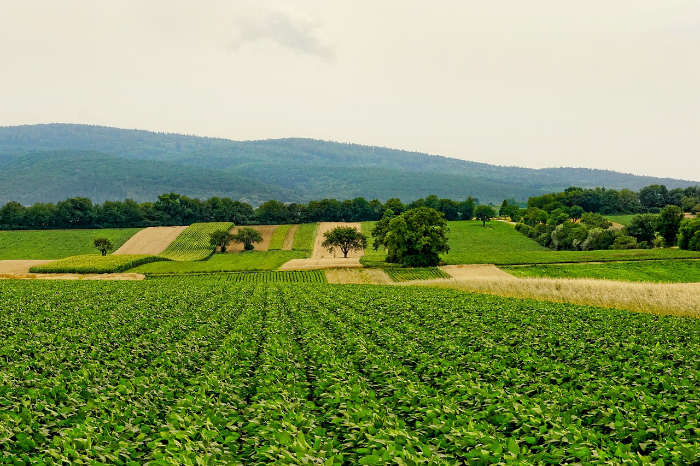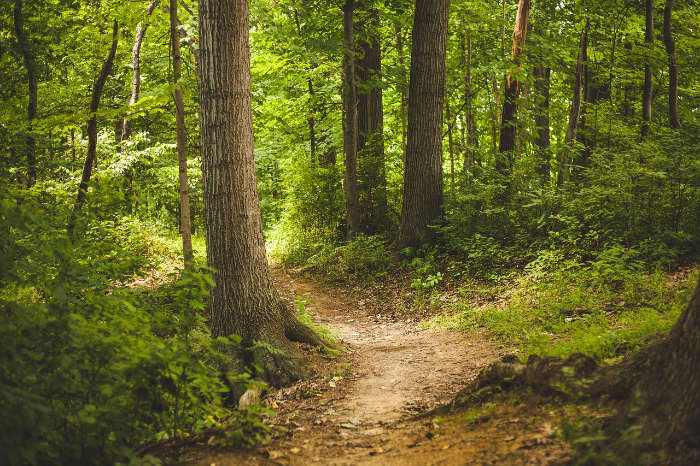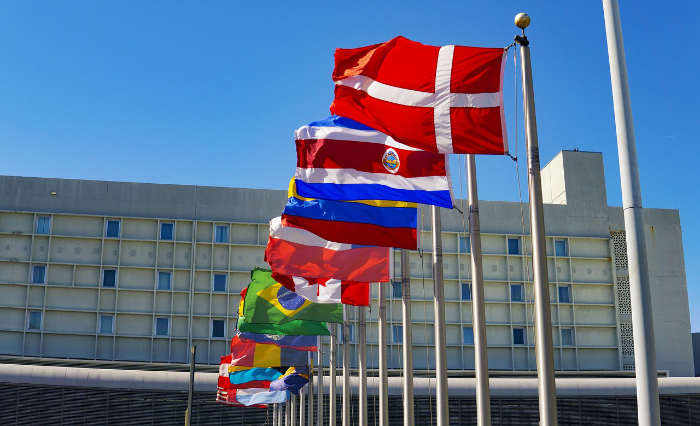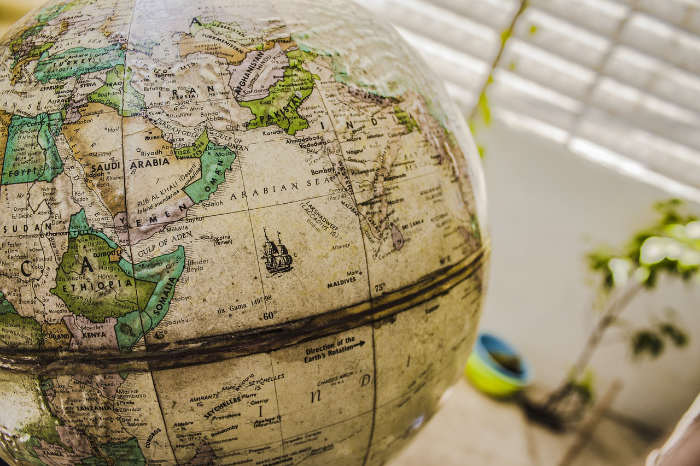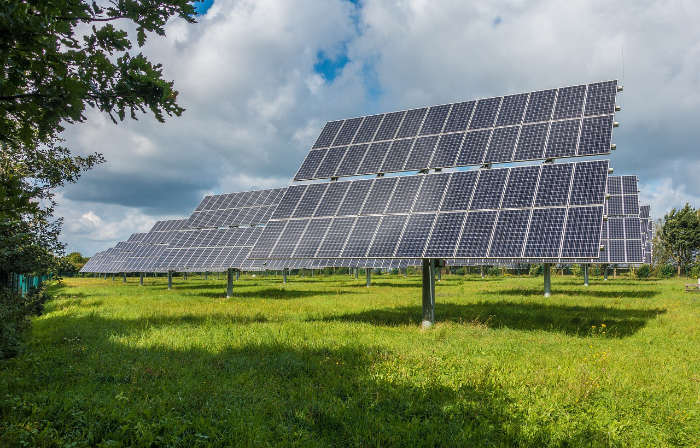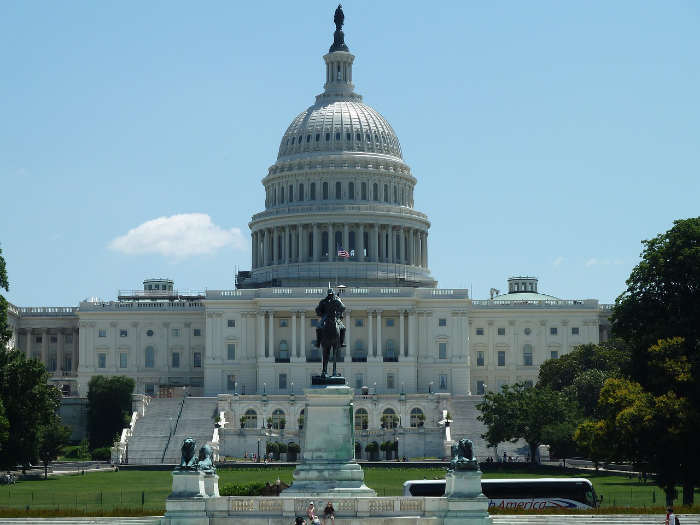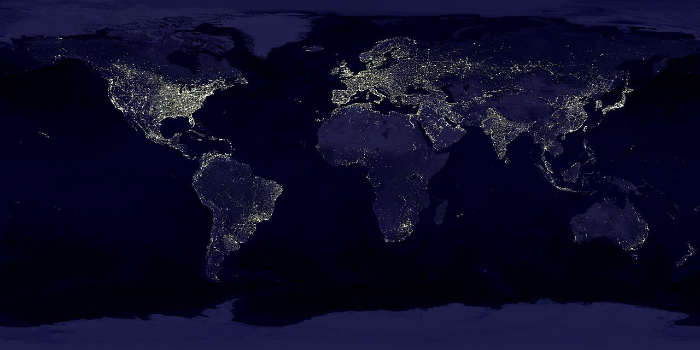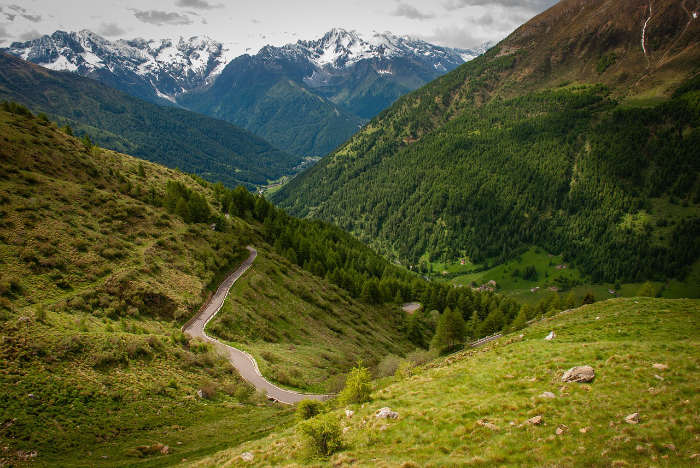Forest Area by Country 2025

0
100K
200K
300K
400K
500K
600K
700K
800K
900K
815,312 1000 Ha
496,620 1000 Ha
346,928 1000 Ha
309,795 1000 Ha
219,978 1000 Ha
- Total forest area values have been rounded to the nearest square kilometer.
Forests are one of the world’s core ecosystems, home to countless species of plants and animals in their varying forms. Outside of Antarctica, they’re present on every continent in the world, sometimes making up vast expanses of territory. In other cases, countries have little, if any, forested land.
Unsurprisingly, Russia is home to the most forested land as part of its overall status as the world’s largest nation. More than 8.1 million square kilometers of forest cover just under half of the country. Brazil takes the second spot, far behind at a still substantial roughly 5 million square kilometers. However, this covers more than 59% of the country’s land area, the largest percentage among the top 10 forested nations. Canada (3,469,281 square kilometers), the United States (3,097,950 square kilometers), and China (2,199,782 square kilometers) round out the top five. There’s no geographic trend among the top 10, with countries from Asia, Europe, North America, South America, and the Australia/Pacific region.
It’s worth noting six countries see 90% or more of their territory covered by forest. Gabon is the largest of these, with 235,306 square kilometers of forest covering 91.3% of the nation. Suriname has the highest percentage, with 97.4% of its territory covered by 151,963 square kilometers of forest. The most forest-covered countries are overwhelmingly in the Pacific Island region or Africa.
Four countries have no forest area whatsoever. These are Qatar, Monaco, Gibraltar, and Nauru. Qatar is primarily desert, while Nauru is a small, rocky island. Monaco and Gibraltar are highly urbanized.
Among nations with forests, the tiny nations of Curacao and the Faroe Islands each have just one square kilometer. The far larger Greenland is close behind, with only two square kilometers. Nine of the ten least-forested countries are islands, with the tiny enclave of San Marino (10 square kilometers covering 16.7% of its area) as the sole exception.





